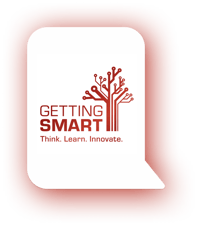3 Key Questions About Reading Assessment After a Year of Growing Gaps
by PRP Group, on 10/22/2021

As educators around the country return to school this fall, we’re all trying to figure out how to best address pandemic-related learning gaps. On one hand, the answer is to approach instruction the way we do every year. We will need to assess our students to find out where they are and what they’re ready to learn next. On the other hand, students missed out on specific kinds of practice and instruction during the pandemic, while other activities continued more or less normally—albeit online.
Certainly, more students will need additional support in the coming school year. Here’s what I expect to be different this year, along with some tips and resources to help teachers get started on day one and to help administrators support them.
1. What’s different about this year’s reading gaps?
Students who were videoconferencing for school throughout the pandemic had far fewer opportunities to use multiple modalities as they learned, which is critical when learning to read. Early literacy requires seeing, saying, writing, touching, and more. That is very hard to facilitate online. Even if the teacher tries to do it, she or he can’t be there to correct the student if they make a mistake. For example, if she has a student finger-writing or tapping out letters and they write a B rather than a D, they can’t see that to correct it right away, therefore creating a habit of letter reversals. As virtual instruction evolved teachers became increasingly creative to try to embed these skills into their lessons by having students hold up whiteboards or papers. However, even with this method, it was sometimes difficult to provide that individual correction in a discreet way, as they would in the classroom.



